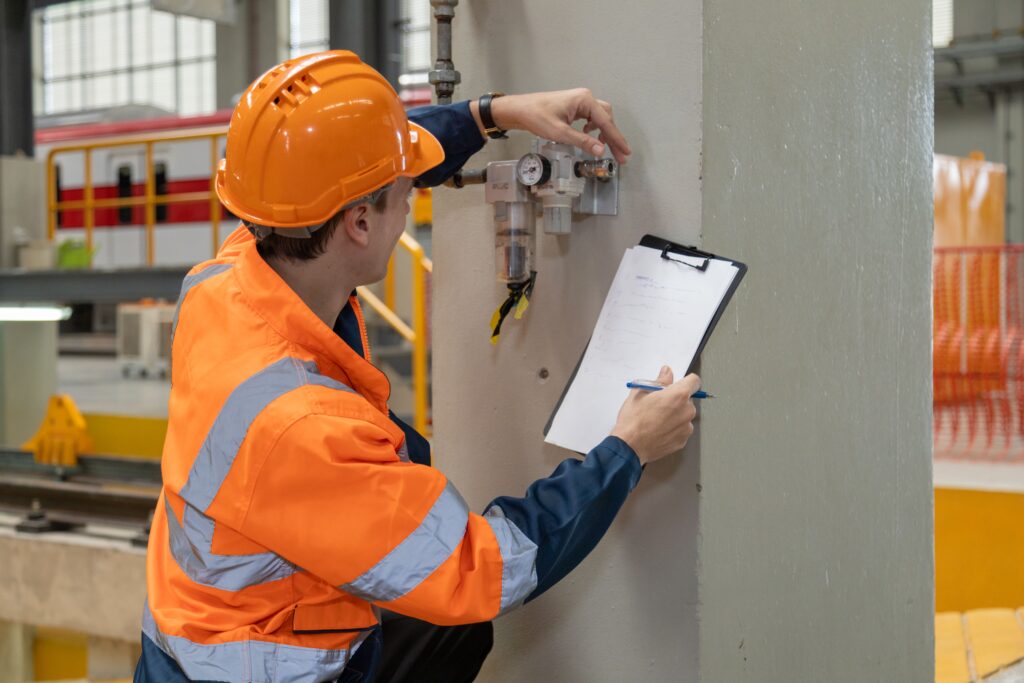Burn injuries can be among one of the most uncomfortable and distressing experiences one can sustain. Whether it's a small kitchen problem or a serious shed from a mishap, understanding the phases of melt injury recovery is critical for reliable treatment and recovery. In this article, we will delve deep into the intricacies of burn injuries, their classification, healing processes, and essential care techniques.
Understanding Burn Wound Healing Organizes: Healing Insights
Burns are classified into various levels based upon their severity, each calling for details medical attention and care. The healing process entails distinct First Aid Courses in Wollongong phases that must be acknowledged to ensure appropriate monitoring and rehab.
What Are the Various Types of Burns?
Burns are usually categorized right into three key types:
First-Degree Burns: These affect only the outer layer of skin (epidermis). Signs consist of redness, moderate swelling, and pain.
Second-Degree Burns: These prolong into deeper layers of skin (dermis), causing sores, serious discomfort, and swelling.
Third-Degree Burns: These include all layers of skin and might harm hidden cells. They show up white or charred and can be painless because of nerve damage.
Each type requires varying levels of medical treatment and home treatment strategies.
The Recovery Process: An Overview
1. Hemostasis Phase
Immediately after a shed injury occurs, the body launches the hemostasis stage to quit any bleeding. Capillary constrict to lower blood flow to the affected area while platelets accumulation to develop a clot.
2. Inflammatory Phase
This phase follows hemostasis and commonly lasts for 3-5 days post-injury. It includes:
- Increased blood flow to provide immune cells. Swelling as fluids accumulate in the tissue. Pain as nerve endings come to be sensitized.
3. Proliferative Phase
Taking area from regarding day 3 to week 3 post-burn, this stage consists of:
- Formation of new tissue with collagen deposition. Re-epithelialization where brand-new skin cells move throughout the injury bed. Angiogenesis-- the development of new blood vessels-- to provide nutrients to healing tissues.
4. Improvement Phase
This final stage can last several months to years after a shed injury and is noted by:
- Maturation of collagen fibers. Decreased vascularity as frameworks mature. Potential for scar development depending upon severity.
Importance of Specialized Burn Dressings: Essential Burn Products for Home Care
Proper dressing is crucial in managing melt wounds properly at home. Specialized shed dressings offer multiple functions:
- They shield against infections by developing a barrier versus pathogens. They maintain dampness while allowing gases exchange which is crucial for healing. Some dressings contain antimicrobial residential properties that prevent infection.
It's vital to select appropriate dressings based upon burn level and size. For example, hydrogel dressings are typically suggested for second-degree burns due to their air conditioning effect.
Scar Monitoring: Recovering After Significant Burns
Once a melt has recovered, scar monitoring ends up being essential for restoring function and look:
Silicone Gel Sheets: Applying these helps flatten raised scars over time. Massage Treatment: Urging flow can boost elasticity in scar tissue. Laser Therapies: Doctor might recommend these for extra severe scarring cases.Common Misconceptions Concerning Burn Treatment
CPR Constantly Reboots Heart Myth: Debunking Common Burn Treatment Misconceptions
One widespread myth surrounding mouth-to-mouth resuscitation is that it always restarts the heart; nonetheless, this isn't real-- CPR raises chances of survival yet doesn't assure heart task resumes promptly after heart attack. Comprehending such misunderstandings can assist in offering precise first aid throughout emergencies including burns or various other severe injuries.
FAQs regarding Burn Wound Healing
1. What need to I do promptly after maintaining a burn?
Answer: Amazing the location under running water for at least 20 mins and cover it with a tidy cloth or specialized dressing if necessary.
2. The length of time does it take for burns to heal?
Answer: Recovering times differ by burn degree; first-degree burns generally recover within a week while second-degree burns can occupy to 3 weeks or even more depending upon severity.
3. When should I look for clinical focus for a burn?
Answer: Seek specialist assistance if you have second-degree burns bigger than 3 inches or any kind of third-degree burns, despite size.

4. Can I use ice directly on a burn?
Answer: No, using ice straight can cause further skin damage; usage cool (not cool) running water instead.
5. Is there any reliable natural remedy for burns?
Answer: Aloe vera gel has calming residential properties that may assist with minor burns yet seek advice from doctor pertaining to significant injuries.
6. Just how do I recognize if my shed is infected?
Answer: Indicators include boosted inflammation, swelling, pus discharge, high temperature, or getting worse discomfort; look for prompt clinical recommendations if you presume infection.
Conclusion
Understanding melt injury healing stages is important not simply for individuals but likewise caregivers that supply support throughout recuperation phases. Knowledge regarding specialized treatments-- like specialized dressings-- and aggressive scar administration considerably influences lasting end results after major burns occur.
Through recognition projects that highlight safety around usual risks like campfires or kitchen area equipment-- such as crinkling irons-- we can stop lots of cases prior to they happen! By knowing just how to respond with efficient emergency treatment skills (like those shown in HLTAID012 courses), you equip affordable CPR courses Wollongong yourself with important devices that protect lives throughout emergency situations including burns or other significant injuries.

In recap, knowledge absolutely is power when taking care of prospective emergencies associated with burns-- from comprehending treatment protocols like chemical or electrical burns emergency treatment guidelines down with different child-centric issues seen within education and learning setups-- every information issues in ensuring safety!
This comprehensive guide aims not only to inform yet likewise influence confidence in taking care of intricate situations successfully-- after all-- avoidance integrated with prompt intervention saves lives!